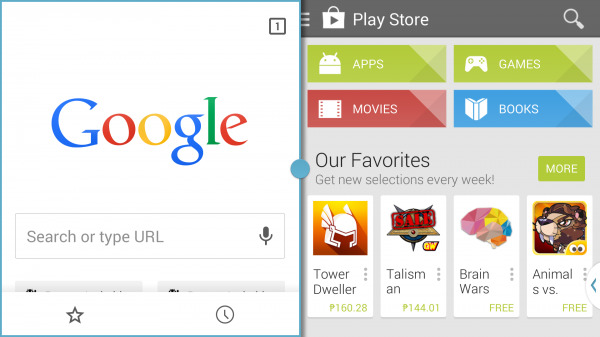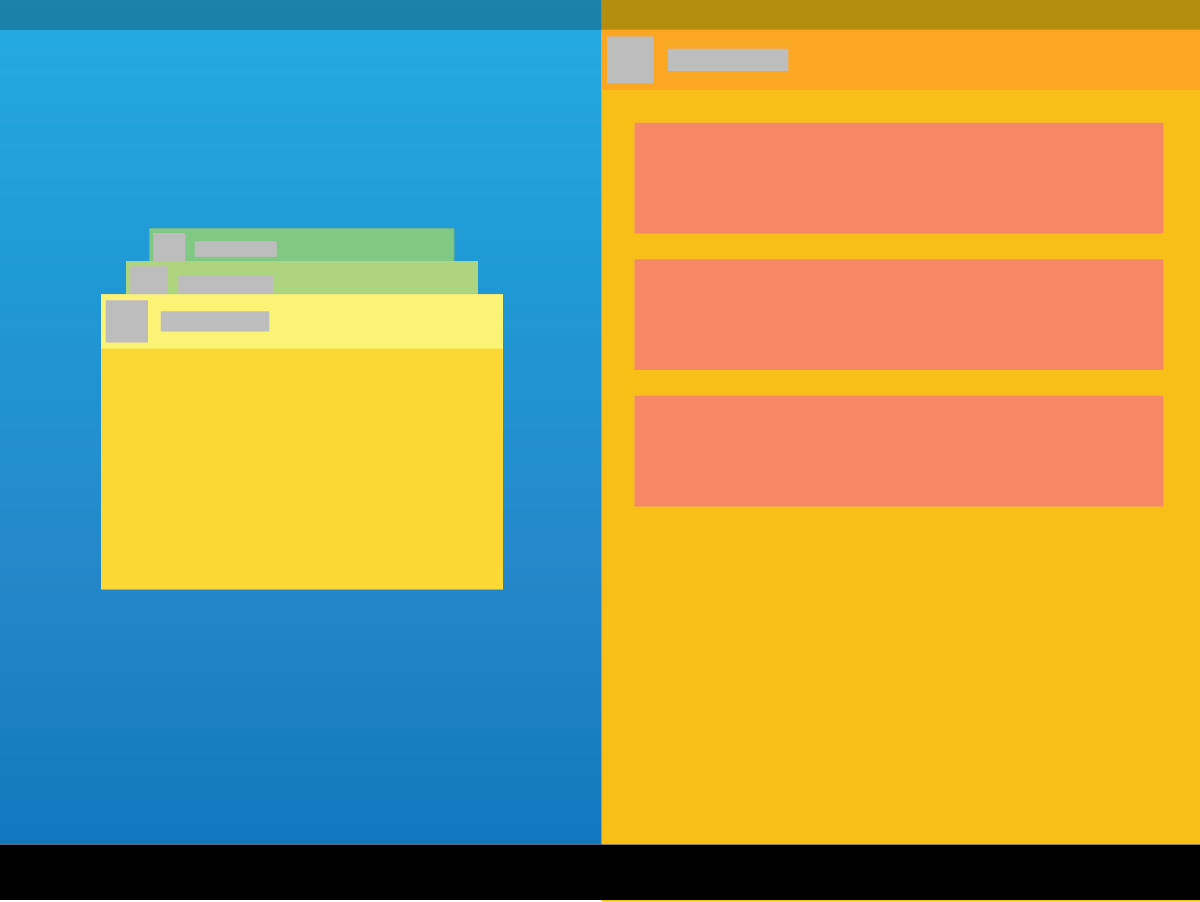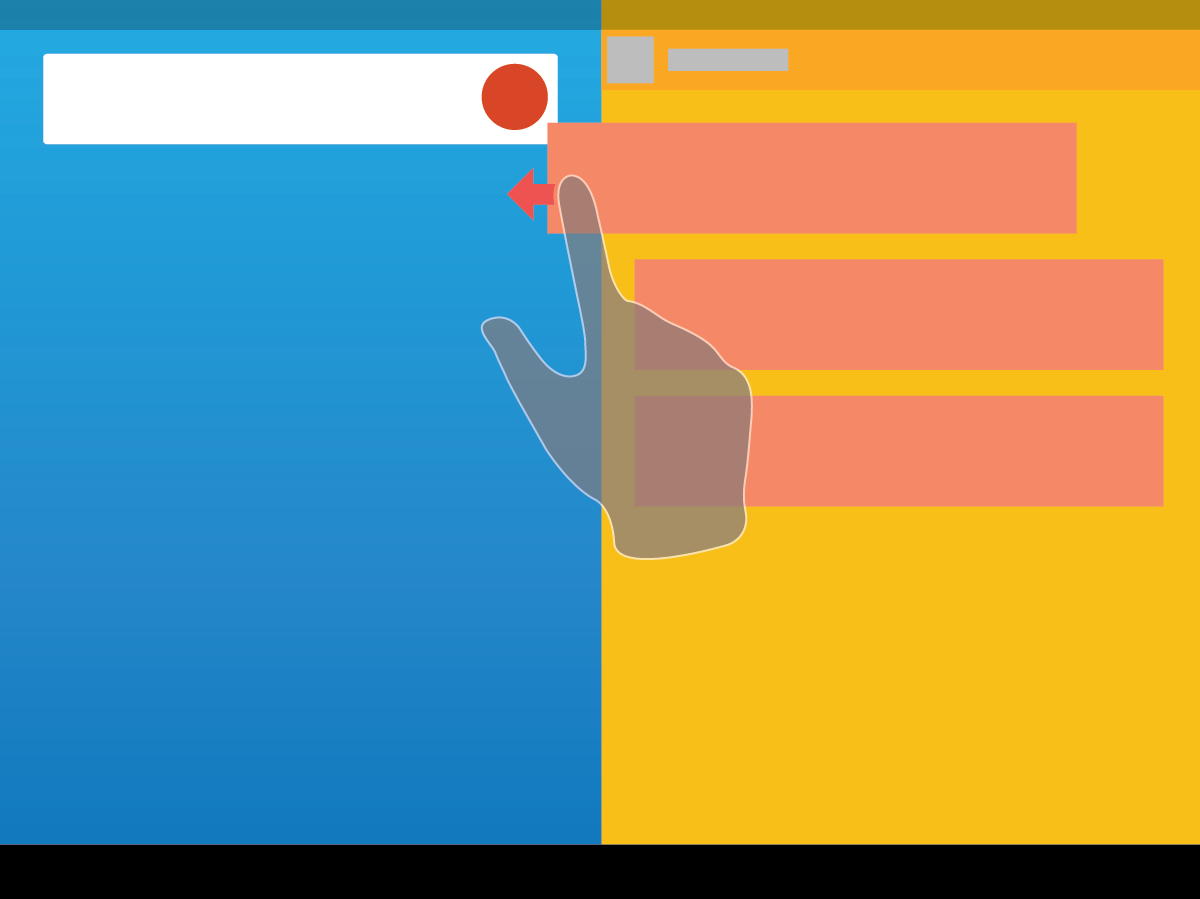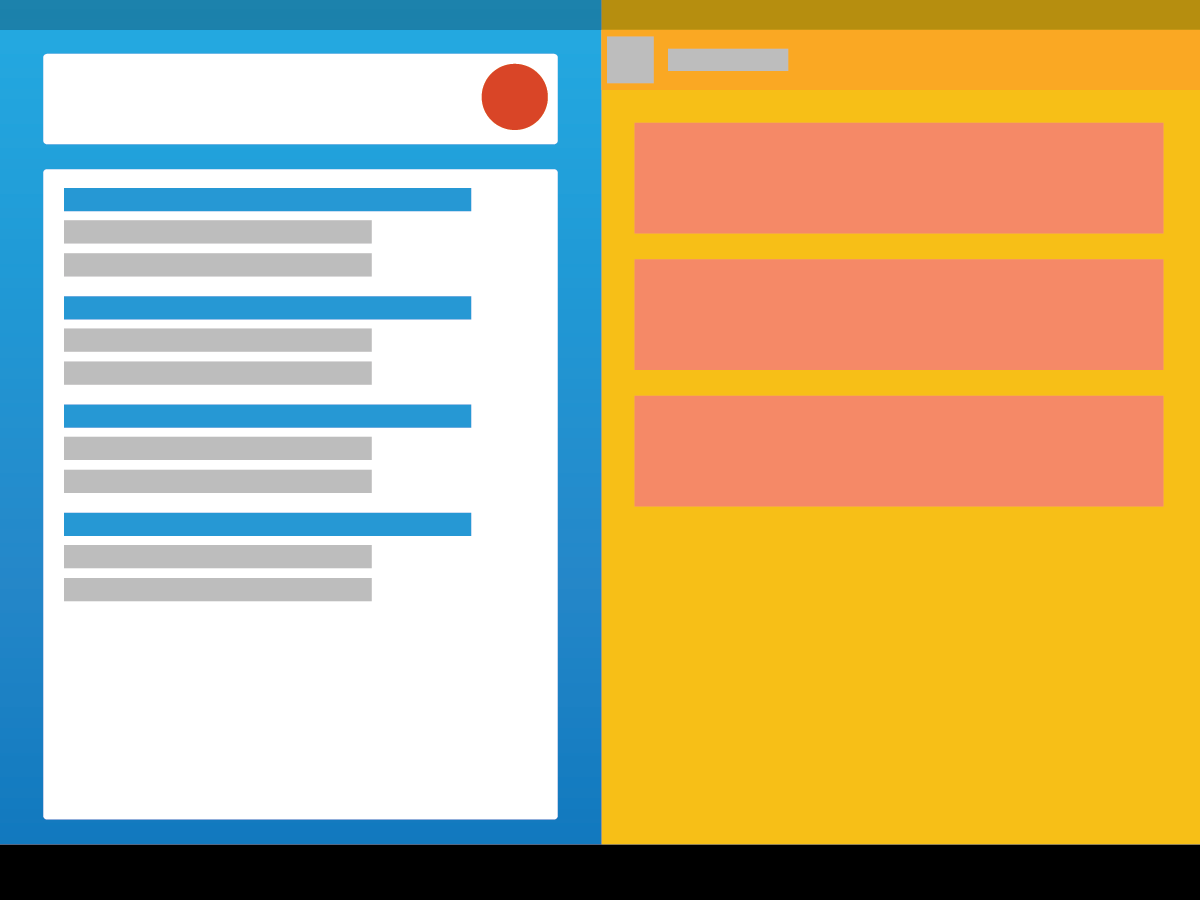Google Might Have Toyed With Multi Windows On Android
Our mobile devices inherently multitask on a technical level, but presenting a user-facing interface has always been a topic for much debate. Google has been known to disparage such multitasking features on Samsung's heavily customized TouchWiz experience, because it diverged from Google's vision of Android and because it was basically hacked on top of functionality and API that Android didn't officially support. Apparently, however, Google has softened it's opinion a bit and has been found to have experimented with split screen functionality on its own.Apple is credited for having spurred the recent smartphone and tablet movement and the company espoused a one window per screen paradigm that makes total sense for an iPhone. After all, you can only crams as much into a 4-inch screen. That "single-tasking" UI metaphor, however, carried over to tablets as well and some felt that the screen estate on such devices, even including the more recent phablet category, is wasted by having just one window (not counting popup dialogs and menus) displayed at a time. Hence the start of a multi window style of multitasking.

Samsung did it, at least initially only for its Note line of smartphones and tablets and later for some bigger screen phones. Microsoft did it, starting with a fixed 50/50 window sharing setup in Windows 8, eventually relaxed in Windows 8.1 and now extended to up to four windows in Windows 10. And now even Apple has been rumored and leaked to have split screen in the works for iOS 8, with source code indications pointing to the functionality coming in the next iPad generation, probably later this month. Perhaps Google has been influenced by this growing trend or maybe it just has seen the light, but as far back as March, it has been revealed that the Android maker has been playing around with similar splitting behind closed doors.
While theoretically and technically possible, the functionality has always been a question of implementation, specifically, how to provide such a feature without breaking the rest of the system and without looking like a half-baked afterthought hastily slapped on to meet deadlines. Android Police's information paints a semi-detailed feature of how Google might have thought about the feature, which resembles similar functionality in Windows 8. Splits are created by dragging a window from the Recent Apps list to either side of the screen, with the window initially taking up half the space and the other half left to the home screen or for another window. The "splitter" between two windows can be resized and the content inside the smaller window adjusts accordingly. Naturally, content can be dragged and dropped between the two windows for easier sharing.
For adherents of this style of multitasking, such a rumor is quite encouraging. The problem with third-party implementations, including those from Samsung and LG, is that they are limited to the apps that explicitly support them. Having multi window available in the very foundations of Android means that all apps can support it, theoretically with nary a change in code. That said, these are all speculation about experimentation, and there is no assurance that the feature will land on Android L or M or N or even if it will land on Android at all.
VIA: Android Police




